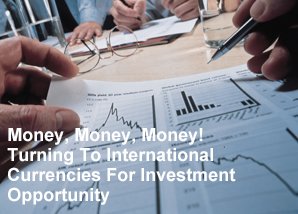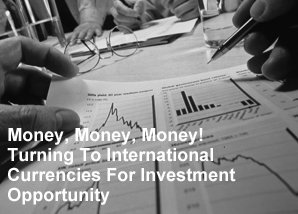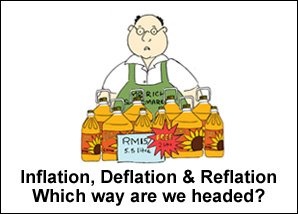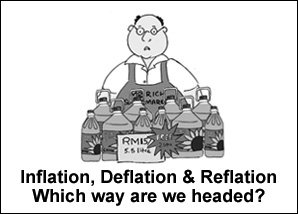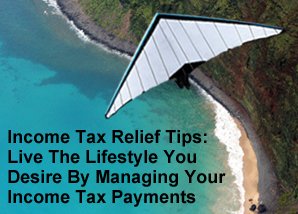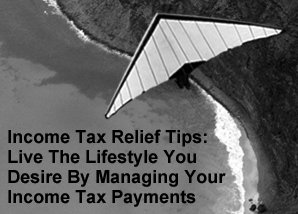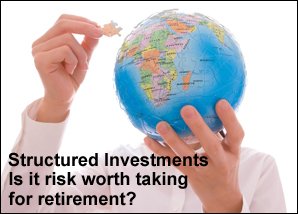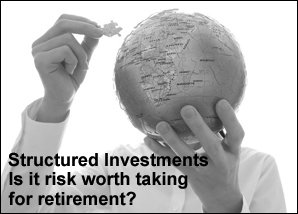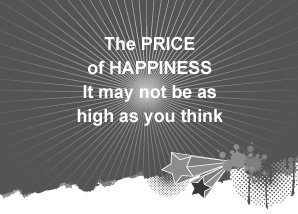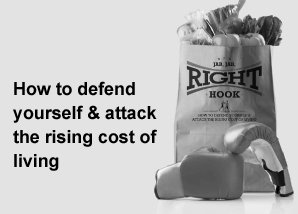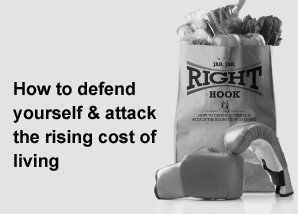And how it may actually cost you
The global economy may be beyond your control but your personal economy is much more manageable. Like any economy, your personal economy may have its share of investment opportunities and risks. When you take on an investment opportunity, you may have taken time to understand its risks and rewards. However, that may not be all you need to look into. Don’t miss out on evaluating your opportunity costs.
What is opportunity cost?
Let’s suppose you have RM100,000 to invest and you’ve narrowed your choices down to Unit Trust Fund A and Unit Trust Fund B. You decide to invest in Unit Trust Fund A. One year down the road, Unit Trust Fund A makes a 5% return but Unit Trust Fund B receives a 7% return. The opportunity cost in this example is 2%. Opportunity cost may be defined as the difference in return between an investment one makes and another that one chose not to make.1 It is the benefit that could have been gained from an alternative use of the same resource.2 That said, opportunity cost is not a type of risk, as there is not a chance of actual loss.1
The concept of opportunity costs has a wide range of applications, not just in financial circles and can include your personal resources.
For example, if you choose to quit your job today and pursue a Master’s Degree overseas for the next 2 years, the opportunity costs hidden in the decision may include the salary that you could have earned during the years spent pursuing the degree, the value of two years’ job experience and promotions given up for your education, and the value of items that you could have purchased with the tuition fee or the interest the money could have earned over two years. On the flipside, if you choose to stay in your job and not pursue the Master’s Degree, your opportunity costs may include the loss of advancement prospects with a higher qualification, the opportunity to meet and network with people beyond your job scope and the experience of living abroad.3
So in making decisions, the ability to evaluate opportunity costs and gain the most benefit out of the same resource would be the optimal move.
Why is opportunity cost
evaluation crucial?3
Scarcity
As long as resources are limited, opportunity cost evaluation is a necessity.
Tunnel vision
Often times, when you have a predetermined target for your investment portfolio, you may easily miss other opportunities for higher growth.
Risk exposure
While opportunity costs may not be an actual risk, overlooking them may expose you to other types of risk. For instance, if you chose a conventional fixed deposit with 3% interest rate over a higher performing fund which provides 8% returns, you not only have a 5% opportunity cost but the decision may expose your investment to inflation risks.
What’s risk all about?
Now that you understand opportunity costs, let’s move on to risks. Risk is about uncertainty and it is present in many decisions that we make in life, in varying degrees. High-risk decisions may run along the lines of starting a business. What if your product or service does not sell as expected? Some other decisions may involve low levels of risk, such as buying items that cost a few ringgit. Low-risk situations present little chance of losing something of great monetary value.
In terms of financial decisions, identifying and evaluating risk is one of the first steps in helping you make investment decisions. Firstly, let’s understand the types of risks your investment may have to face.
Inflation risk
The buying power of your money may change with rising or falling (deflation) prices. With inflation, your RM100 today will buy you less in the future. Inflation may undermine the performance of your investment.4
Interest rate risk
Interest rate changes may affect the costs of your borrowings. If the Base Lending Rate (BLR) goes up, your borrowings become more costly. On the other hand, a rise in interest rates may lead to gain on your savings or investments.
You may also face interest rate risk with a fixed-rate debt instrument, such as bonds. The rise in interest rates may result in a decline in the value of the investment.4
Liquidity risk
Some investments, such as property, are not easily converted to cash and may require a lengthy process before you finally receive the funds.5
Market risk
Market risk is also referred to as systemic risks and takes into account the overall economic condition of a market, country – or even the world – that may cause volatility to your investment’s value. Even if the quality of your investment remains the same, a market crash or decline could crush the investment’s performance.5
Default risk
This refers to the possibility of the company or bond issuer being unable to pay the promised return. This may happen if the company goes bankrupt or is mismanaged.5
How then do you evaluate your opportunity costs and risks?6
Here is a simple framework to guide you in these tough decisions:
Look at the alternatives
Research possible investments. Narrow it down to the possible investment and the next best alternative. Then, get a piece of paper and draw 2 columns – one for Opportunity 1 and the other for Opportunity 2.
Choose your unit of measurement
Compare Opportunity 1 and Opportunity 2 against a few variables. Perhaps you could try rate of return? Risks? Track record? Peace of mind? Some units of measurements may be more important to you than others.
Choose your time period
Each opportunity should be evaluated using the information from more or less the same time frame, eg. past performance in the last 3 years.
List the risks
In each column, list the risks associated with this option.
List the opportunity costs
In each column, list the opportunity costs of forgoing the other option.
Lastly, look at your analysis again and decide on the option that works out best for you. You may also consult HSBC’s Relationship Manager for more insights on various investment products and for assistance on reviewing your investments. For more investment information, please visit www.hsbc.com.my/inv
Opportunity Costs is not just about money4
Time is an important personal resource and has opportunity costs associated with it too. When time is used for one activity, it cannot be used for another. Time idled away may cost you the opportunity to use it to better yourself, run errands, exercise, etc. Overtime at work may earn you more income but has the opportunity costs of lost time with loved ones. As time is a limited resource, do consider using your time to meet your needs, achieve your goals, and satisfy personal values.
Another personal opportunity costs relate to health. Poor health can result in illness, more medical bills, and reduced financial security. Your personal resources (time, energy, health, abilities, knowledge) also require thoughtful management in order to yield the highest benefit for you.
Sources: 1 The Free Dictonary.com, “Opportunity Cost of Capital”. 2 Dictonary.com. 3 Reference of Business, Encyclopedia of Business, 2nd ed, “Opportunity Costs”, undated. 4 Florida International University, “Personal Finance Basics and the Time Value of Money”, undated. 5 Forbes.com, “Four Risks of Investing”, June 15, 2012. 6 www.wikihow.com, “Calculate Opportunity Costs”, undated.


 LIKE THIS ARTICLE?
LIKE THIS ARTICLE?




